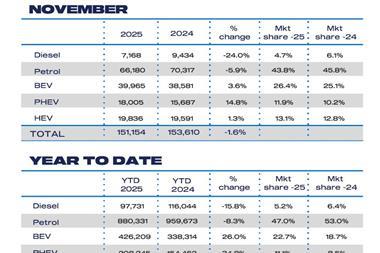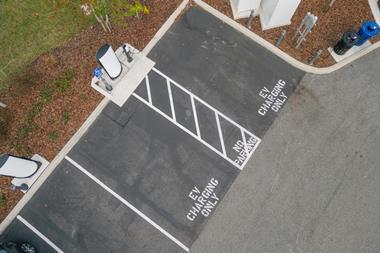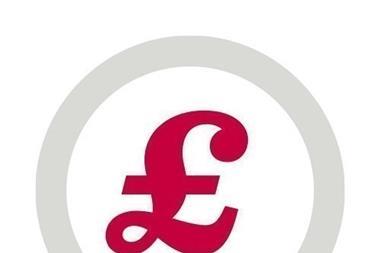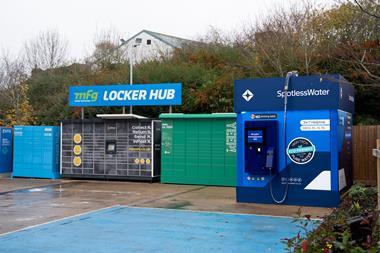
Forty per cent of electric vehicle (EV) fleets do not use any public charging, according to a survey produced for public charging specialist Paua.
The feedback from 200 fleet managers, revealed that more than 70% of car fleets and 76% of van fleets are intending to order EVs during 2022. Currently just over half of fleets surveyed claim that they use public charging, leading to a steep knowledge curve for those fleets that are accelerating their investment in EVs.
However, 85% agreed they would use public charging if there was a single solution to access multiple chargepoints with one single bill.
The 200 fleet managers questioned are responsible for around 12,000 vehicles and nearly 70% of the respondents are the ultimate decision-makers for the fleets, according to Paua. The company said the research highlighted some of the challenges that fleets face when considering their electrification strategies.
Billing has proved particularly challenging for fleets - with 75 public charging networks in the UK there is a challenge with apps, cards and membership schemes that a fleet manager doesn’t have time to organise, according to CEO and co-founder of Paua, Niall Riddell. He said having a single solution to bring all these bills together was a significant time saver. Plus it enables management of VAT invoices to ensure that accounting is done properly.
“What is incredible about this response is the missed opportunity that public charging networks are facing due to the complexity that fleets face accessing and using the solution,” said Riddell.
“Paua’s electric fuel card solution seeks to overcome these challenges enabling fleets easier access to public charging.”
He stressed that public charging solutions are an important part of a fleet electrification strategy. It enables fleets to free themselves from depot and home-based charging solutions. Public charging can avoid expensive depot and grid upgrades. It enables fleets the ability to consider electrifying alternative routes and to consider smaller battery vehicles.
But the key to use of public charging for fleets is ensuring that drivers have a simple solution enabling them to find the correct chargepoint, initiate a charge event (either with an app or with an RFID card) and then for a single bill to end up with the fleet manager.
Finding charging points is particularly crucial at this early stage, as drivers need to know that the charger they are headed towards is the right speed for the time they have available (50kW+ for a 20-30 minute charge, 7kW for a couple of hours), has the right connector for their vehicle and is available to charge (not broken or in use).
Paua claims its mission is to remove public charging barriers for fleets and enable more electric vehicles into fleets. Fifty four per cent of potential EV drivers indicate that public charging is a barrier to their adoption of the technology.
The Paua electric fuel card enables drivers to find, charge and pay for charging via mobile app or RFID card. The app provides filters and dynamic data to ensure that the 3,000+ chargepoints that Paua covers provide the latest data to the driver. Covering networks such as Mer, Osprey, Char.gy and Fastned fleets and drivers can gain confidence in public charging.

































No comments yet